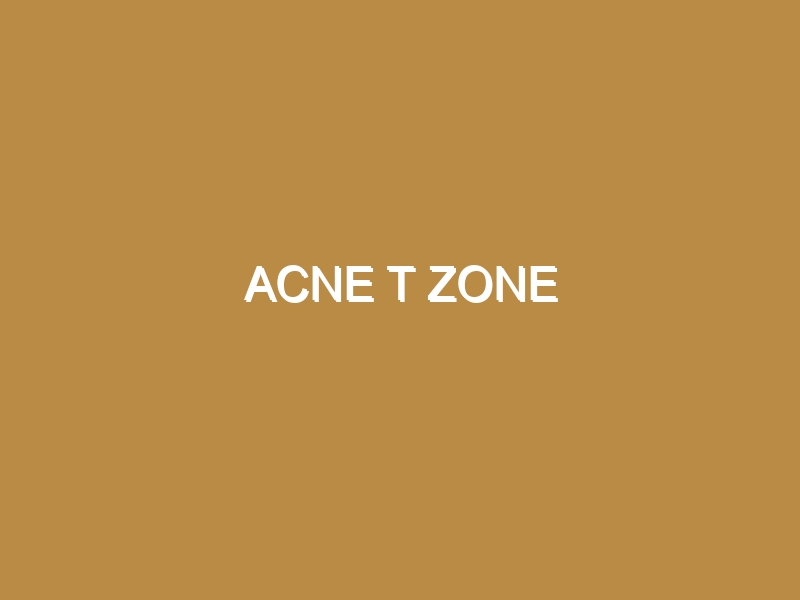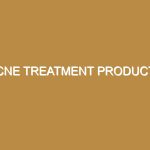Treat blemishes and acne with this simple guide.
Acne 10 Dpo While acne isn't exactly harmful, it can impact your self-esteem. If you've tried several treatments that don't seem to work, these home remedies can help. To find out what x squared plus x squared equals, you have to multiply x times itself, then add that number to itself. 15 Best Retinol Creams: Which Is Right
Acne Vulgaris – Examples of Acne Severity — Mild, Moderate, and Severe. Acne severity can vary widely, from mild to very severe fulminant disease (including isotretinoin-induced acne fulminans) with systemic.
Acne! What to do about it? – It is unfortunate that something as natural as acne is considered a disease, resulting from one’s own shortcoming in taking care of their skin, despite the fact that hygiene and diet are not the.
Acne is a skin condition that occurs when your hair follicles become plugged with oil and dead skin cells. It causes whiteheads, blackheads or pimples. Acne is most common among teenagers, though it affects people of all ages. Effective acne treatments are available, but acne can be persistent.
So yes, acne is a disease. The Science Acne is a disease. However, this is not always clear when reading about acne because authors sometimes refer to it as a condition or disorder. While people, including medical professionals, use these terms interchangeably, they have different meanings. What Makes Something a Condition, Disorder, or Disease?
Acne is a skin disease. By definition, a disease is a disorder of function or structure in humans or animals that produces specific symptoms. The symptoms affect a specific location; hence, it may not be due to physical injuries. As a result, some diseases can be cured, while others cannot be cured.
While acne isn't exactly harmful, it can impact your self-esteem. If you've tried several treatments that don't seem to work, these home remedies can help.
The T-zone is that area of the face which starts from the midpoint and sides of the forehead, and extends downward toward the mid of the nose, including the sides of the nose and a little part of chin. This area, known as the T zone is considered as one of the most acne prone areas, where breakouts occur often. Why does acne occur in the T-Zone?
The researchers found a link between sebum production and the amount of acne in the T-zone, which covers the forehead and nose. Younger people with acne had more acne around the U-zone, which.
Since many people with oily T-zones also have dry and flaky cheeks, effectively treating acne is more complicated than merely applying a salicylic acid face wash. People with combination skin have to pull off a delicate balancing act, managing their T-zone's oiliness while simultaneously moisturizing the surrounding skin.
“These acne dots are incredible!” one five-star reviewer wrote. “They pull everything out of your blemish, even the enlarged.



